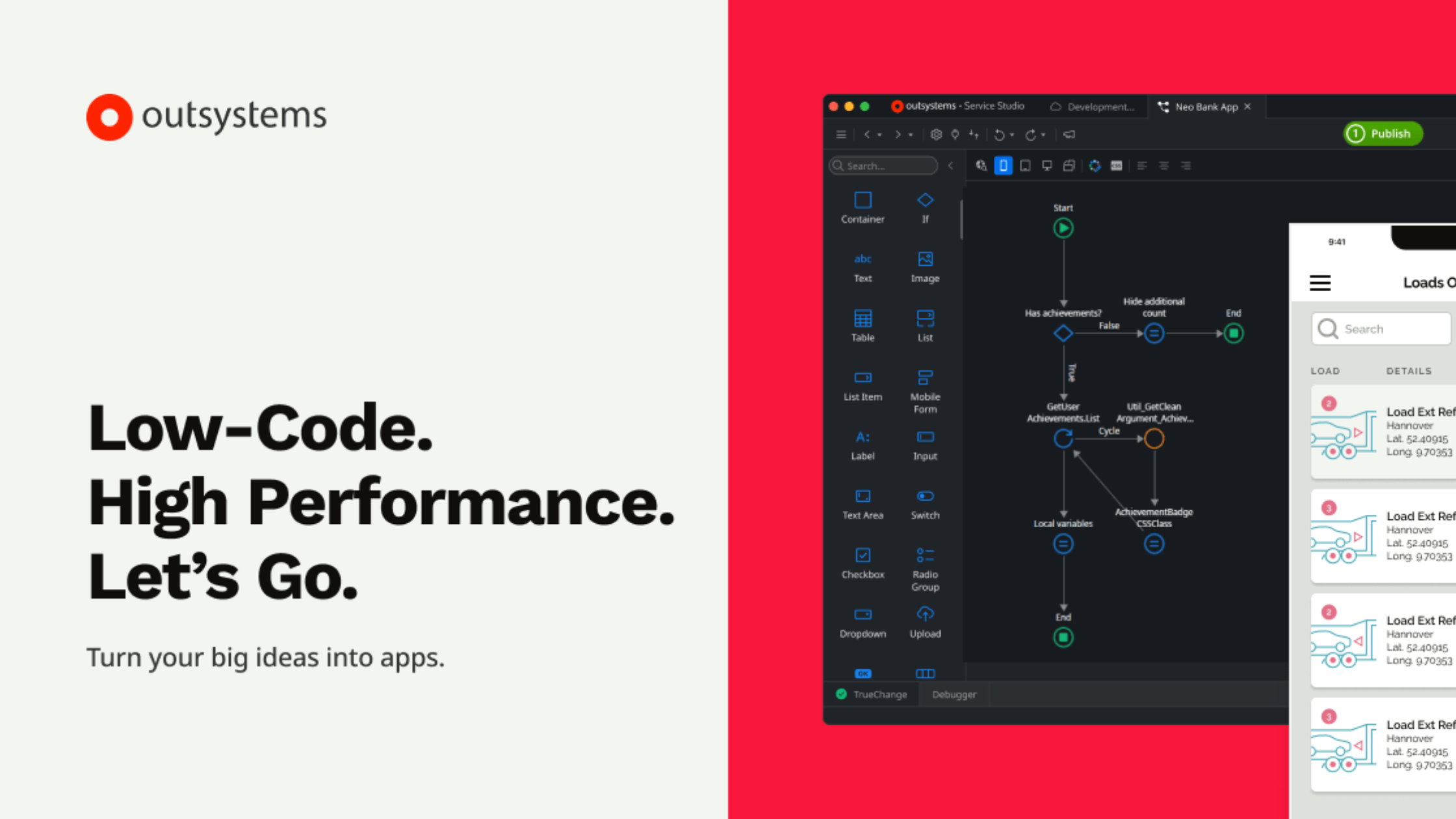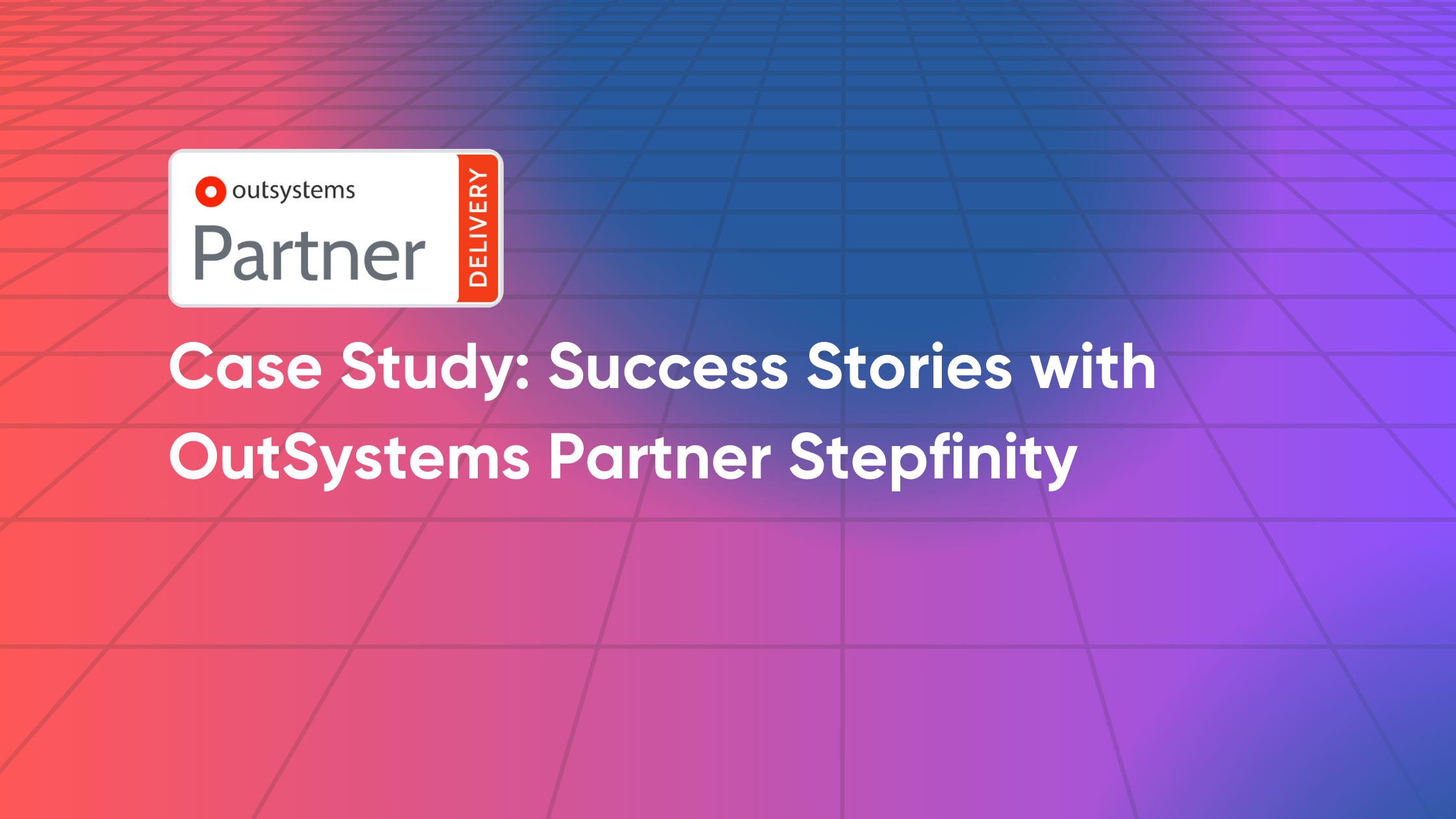In today’s fast-paced digital world, businesses must innovate rapidly to stay competitive. Traditional software development can be slow and resource-intensive, which is where low-code platforms like OutSystems come into play. OutSystems is a leading low-code application development platform that enables rapid, agile, and efficient app development. This article will explore what OutSystems low-code development is, its key features, benefits, and how it can transform your business.
What is OutSystems Low-Code Development?
OutSystems is a low-code development platform designed to simplify the creation and deployment of applications. It offers a visual development environment where developers can drag and drop components to build applications, significantly reducing the amount of manual coding required. This approach accelerates the development process, making it easier to deliver high-quality applications in a shorter timeframe.
Key Features of OutSystems Low-Code Platform
- Visual Development Interface
- Drag-and-Drop Functionality: Build applications visually with a user-friendly interface.
- Model-Driven Development: Design your data model, logic, and user interface in an integrated environment.
- Pre-Built Templates and Components
- Reusable Components: Utilize a library of pre-built modules and templates to speed up development.
- Customizable Templates: Modify templates to fit specific business needs and branding.
- Full-Stack Development
- Integrated Front-End and Back-End Development: Manage both client-side and server-side development within the same platform.
- One-Click Deployment: Deploy applications with a single click, simplifying the release process.
- Scalability and Performance
- Auto-Scaling: Automatically scale applications to handle increased load.
- Performance Monitoring: Monitor application performance in real-time to ensure optimal operation.
- Security and Compliance
- Built-In Security Features: Implement robust security protocols to protect your applications and data.
- Compliance: Ensure your applications meet industry standards and regulations.
- Integration Capabilities
- API Integration: Easily integrate with existing systems and third-party services using APIs.
- Legacy System Integration: Connect with legacy systems to extend their capabilities.
- Collaboration and DevOps
- Real-Time Collaboration: Work simultaneously with team members on the same project.
- DevOps Integration: Integrate with DevOps tools to streamline the development lifecycle.
Benefits of Using OutSystems for Low-Code Development
- Accelerated Development
- Reduce development time by up to 70% compared to traditional coding methods.
- Quickly prototype and iterate applications to meet changing business needs.
- Reduced Costs
- Lower development and maintenance costs due to reduced manual coding and faster delivery.
- Minimize the need for extensive IT resources.
- Improved Agility
- Adapt to market changes and new requirements swiftly.
- Enable continuous improvement and innovation with rapid iterations.
- Enhanced Collaboration
- Foster collaboration between business and IT teams with a shared visual development environment.
- Align development efforts with business objectives more effectively.
- High-Quality Applications
- Ensure high-quality standards with automated testing and real-time performance monitoring.
- Deliver robust and reliable applications with built-in security features.
- Scalability
- Scale applications seamlessly as your business grows.
- Handle increased user demand without compromising performance.
Use Cases for OutSystems Low-Code Development
- Enterprise Applications
- Develop custom applications tailored to your organization’s specific needs.
- Streamline internal processes and improve operational efficiency.
- Customer-Facing Applications
- Build engaging, user-friendly applications for customers.
- Enhance customer experience with responsive and feature-rich applications.
- Mobile Applications
- Create cross-platform mobile applications with ease.
- Ensure consistent performance and user experience across devices.
- Legacy System Modernization
- Extend the lifespan of legacy systems by integrating them with modern applications.
- Improve functionality and user experience without complete system overhauls.
- Process Automation
- Automate repetitive tasks and workflows to increase productivity.
- Implement business process management solutions quickly.
Getting Started with OutSystems
- Sign Up for OutSystems
- Visit the OutSystems website and sign up for a free trial or a subscription plan that suits your needs.
- Install Service Studio
- Download and install OutSystems Service Studio, the visual development environment for building applications.
- Explore Tutorials and Resources
- Take advantage of the extensive tutorials, documentation, and community resources available to learn how to use the platform effectively.
- Build Your First Application
- Start with a simple project to familiarize yourself with the development process.
- Utilize pre-built templates and components to accelerate your progress.
- Join the Community
- Engage with the OutSystems community to share knowledge, seek advice, and stay updated on the latest developments.
Conclusion
OutSystems low-code development platform is a game-changer for businesses looking to innovate rapidly and efficiently. With its powerful features, ease of use, and ability to integrate seamlessly with existing systems, OutSystems enables you to build high-quality applications in a fraction of the time it takes with traditional development methods. Whether you’re looking to streamline internal processes, enhance customer engagement, or modernize legacy systems, OutSystems provides the tools and flexibility you need to succeed in today’s digital landscape.








